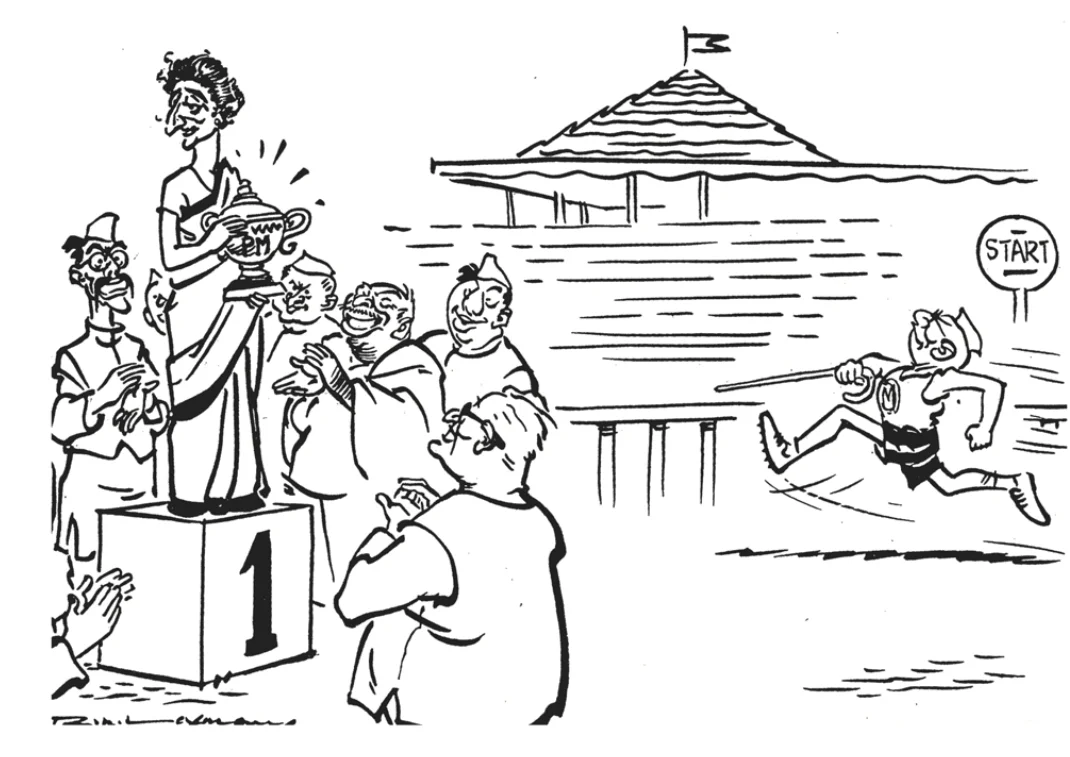![]() 26 Jul 2024
26 Jul 2024
In the late 1960s and early 1970s, India’s political landscape experienced tumultuous shifts, marking an era of unprecedented challenges and transformations for the Congress party. Central to this period was Indira Gandhi, whose leadership witnessed dramatic factional battles within Congress, a bold approach to socio-economic reforms, and political maneuverings that would redefine the party and the nation’s political trajectory.

After the passing of Prime Minister Jawaharlal Nehru in May 1964, two major questions arose:

The succession after Nehru took place with surprising ease. K. Kamaraj, then Congress president, consulted with party leaders and Congress MPs, arriving at a consensus in favour of Lal Bahadur Shastri.
Political Succession Crisis: The Congress once again faced the dilemma of political succession within two years.

Indira Gandhi’s Tenure: Indira Gandhi (served as the Prime Minister of India from 1966 to 1977 and then from 1980 to 1984 (Refer to Figure 5.4).

| Must Read | |
| Current Affairs | Editorial Analysis |
| Upsc Notes | Upsc Blogs |
| NCERT Notes | Free Main Answer Writing |
India’s political landscape in the late 1960s and early 1970s saw transformative changes under Indira Gandhi’s leadership. She navigated factional battles within the Congress party, economic challenges, and leadership crisis, emerging as a decisive leader who redefined the nation’s political trajectory. Her tenure was marked by significant reforms and political maneuvers that solidified her control and shaped India’s democracy.
| Related Articles | |
| Economic Survey 2024 Date, Highlights, & Summary | Jawaharlal Nehru Biography |
| Lal Bahdur Shastri Jayanti 2023 | Indian National Congress |
<div class="new-fform">
</div>